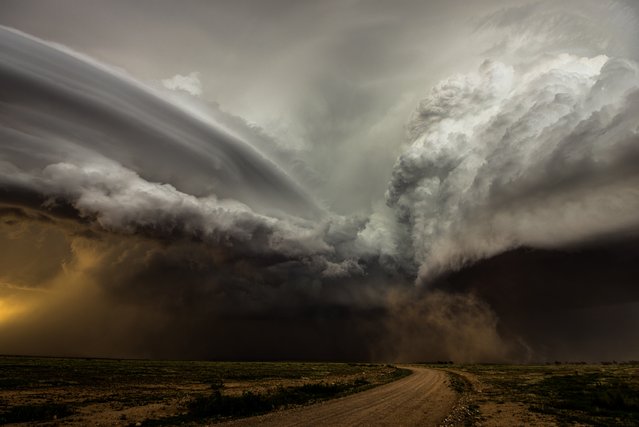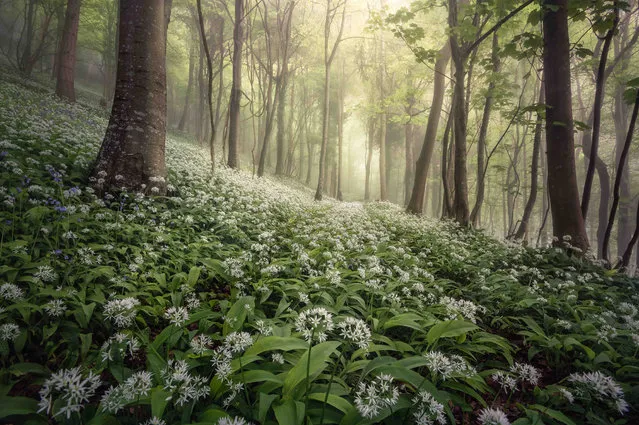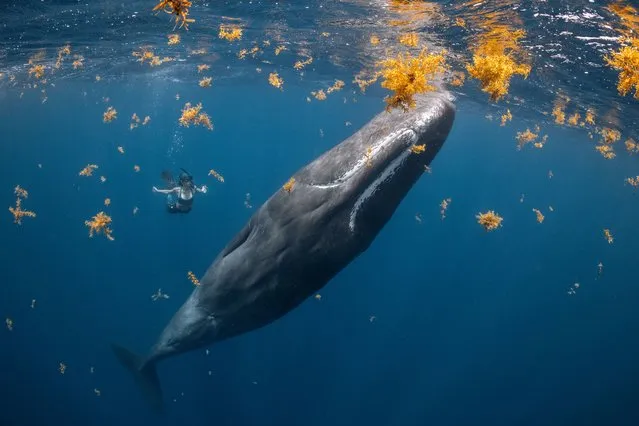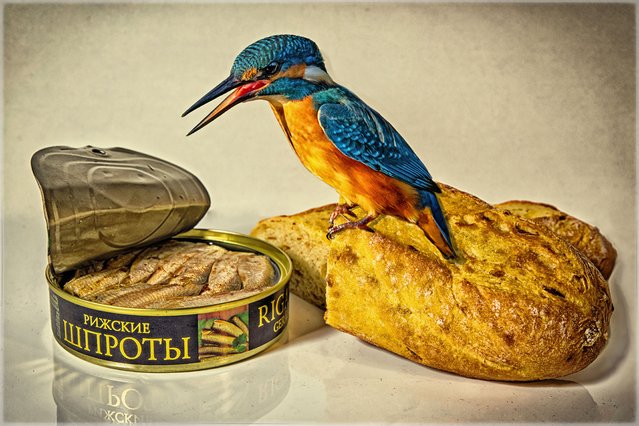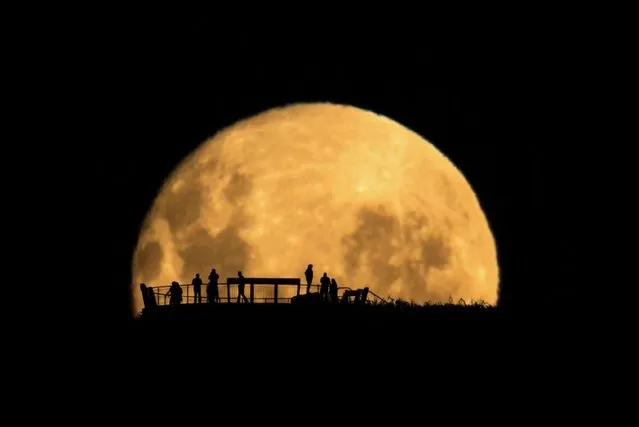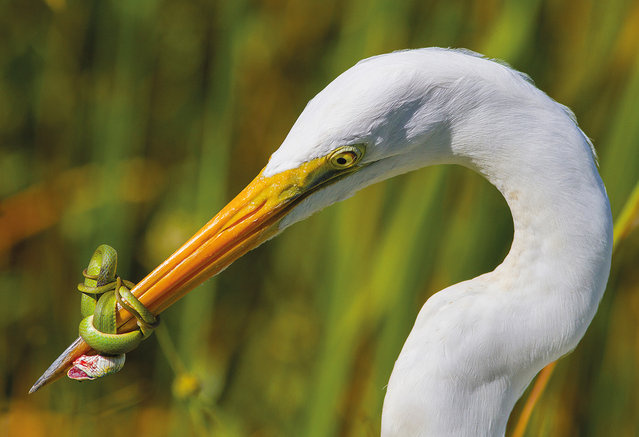
The battle by Jose Garcia, US. Category: bird behaviour. A great white heron (Ardea herodias occidentalis) fighting a green snake in the Florida Everglades. The fight lasted for nearly 20 minutes with the heron having to release its prey. (Photo by Jose Garcia/2017 Bird Photographer of the Year Awards)
01 Sep 2017 05:42:00,post received
0 comments

